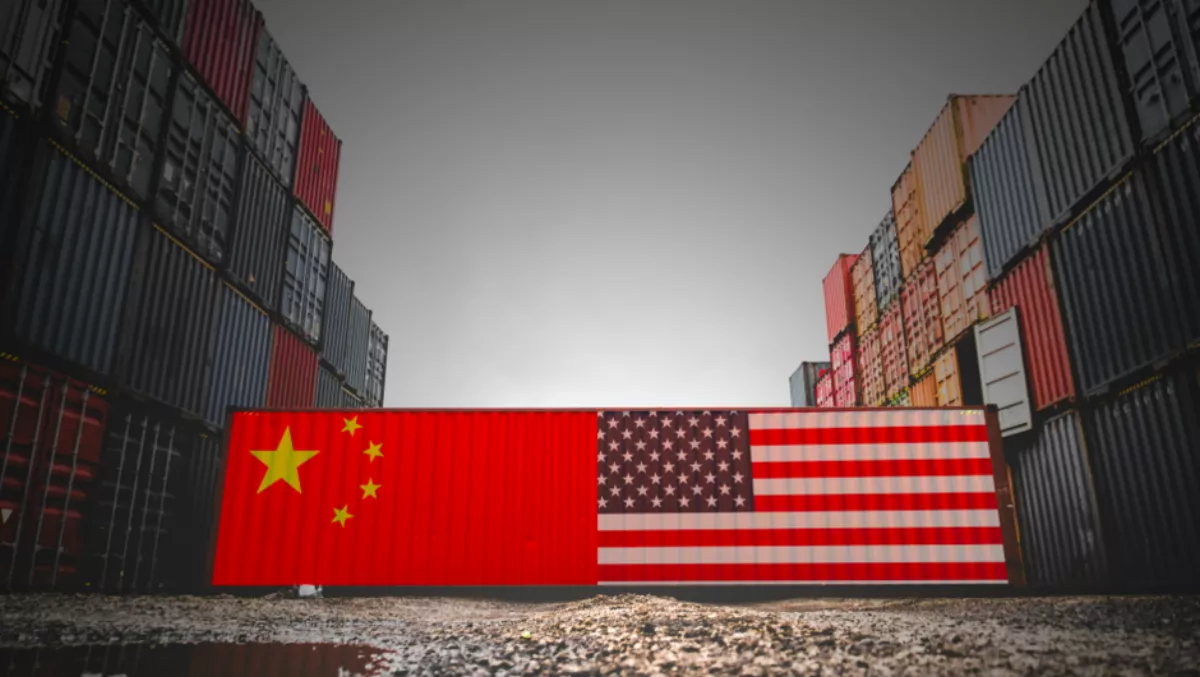There has been no shortage of tension between two of the global superpowers of late, especially given this month's malicious chip scandal.
Now the International Data Corporation (IDC) has released the 3rd Platform Edition of its 'Worldwide Black Book' that details how the major countries are adopting new technologies in the information communications technology (ICT) market that is forecast to exceed US$6 trillion by 2022.
Growth is expected to accelerate towards the end of the forecast as new technologies like drones, sensors, augmented reality and virtual reality (AR/VR), and 3D printers gain traction in the market.
According to IDC, the speed at which countries are adopting these technologies differs greatly between countries, but these differences are no more striking than when comparing the United States and China.
After committing significant investment, China is now the largest market for the Internet of Things (IoT), AR/VR, and robotics. IDC expects that by 2022 China will make up almost 40 percent of global robotics spending with nearly $80 billion in annual expenditures. The country already accounts for more than a quarter of global spending in AR/VR and IoT.
Meanwhile, when it comes to software the US dominates spending with almost 70 percent of total spending on artificial intelligence (AI) and more than 50 percent of big data and analytics (BDA) allocated to the US.
IDC expects annual spending from the US on AI to surge to almost $50 billion by 2022, with BDA spending reaching $140 billion.
"The US is still leagues ahead of other countries when it comes to software spending in general and early-stage software deployments in particular," says IDC customer insights - analysis vice president Stephen Minton.
"That's partly related to general recognition by US firms of the productivity benefits related to software investments, partly to a strong local ecosystem of vendors and channel partners, and also partly to the rapid adoption of cloud computing in recent years. Cloud enables fast, scalable deployment of new software applications and it's no coincidence that the US is also way ahead of other countries when it comes to migration to the cloud."
Backing Minton's claims, 54 percent of all global cloud-related ICT spending on 2017 was from the US, making up for $145 billion. Breaking this spending down, $70 billion was on cloud software, $35 billion on cloud-related IT services, and $10 billion on infrastructure as a service.
In a very polarising statistic, the US accounted for almost 70 percent of worldwide cloud software spending in 2017, while China posted a measly 1.5 percent.

"There is a clear divergence between the US and China when it comes to current strengths and leadership in ICT adoption," says Minton.
"The US continues to achieve broad-based economic benefits from aggressive investments in software, while China's focus so far has been on a more narrow segment of economic growth and ICT enablement, including rapid adoption of operational technology in IoT and robotics related to manufacturing use cases. While the US must ensure that it continues to invest in new software innovation, China's challenge is to diversify its ICT investments in order to achieve broader economic benefits."
However, IDC says the current trade war between the two countries has the potential to disrupt their ICT goals over the next five years. There has been no significant effect on the spending of new technologies yet, but if the trade war was to escalate then IDC expects it to cause a drag over the first half of 2019.
Another potential speedbump is an economic slowdown that would cause businesses to reassess their budgets. IDC says this could damage the US' leadership in new software categories, while the China government would struggle to achieve its goal of diversifying the country's economic growth.
The trade war could affect other regions too, but IDC says for now pockets of growth and strong investment have been maintained around the world.
For example, India is undergoing incredible growth in spending on cloud-related deployments with annual growth of more than 30 percent forecast through the next five years, nearly twice the global average.
Meanwhile, AI is experiencing explosive growth in Japan, while Germany has come out as an early leader in adoption of 3D printing as the second largest market in 2017 ahead of China.
There are also several smaller countries set to benefit from investment in new technologies that will deliver rapid economic benefits.
Nevertheless, it will certainly be interesting to see what the market produces over the coming years – especially given all the background events that are ongoing.


